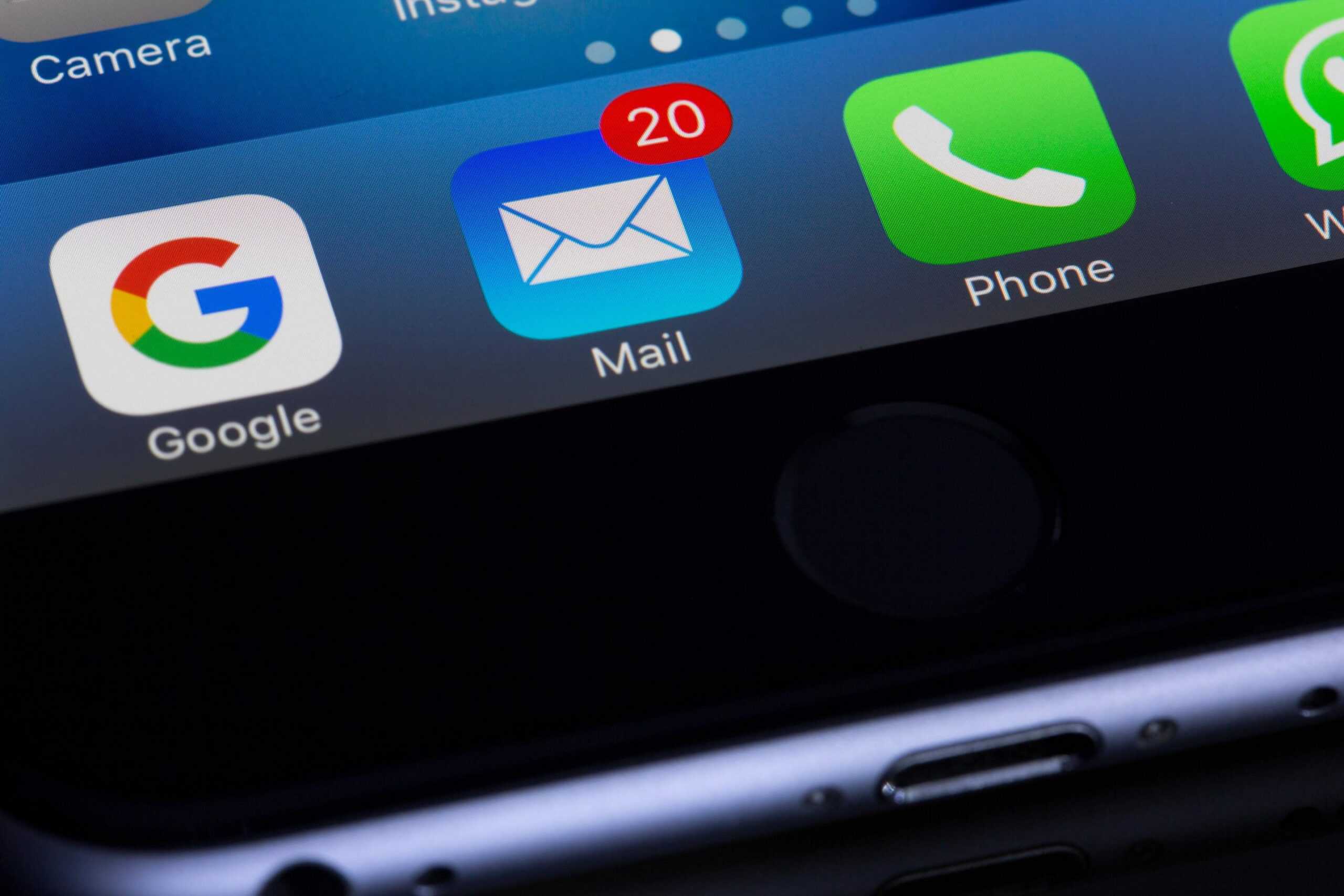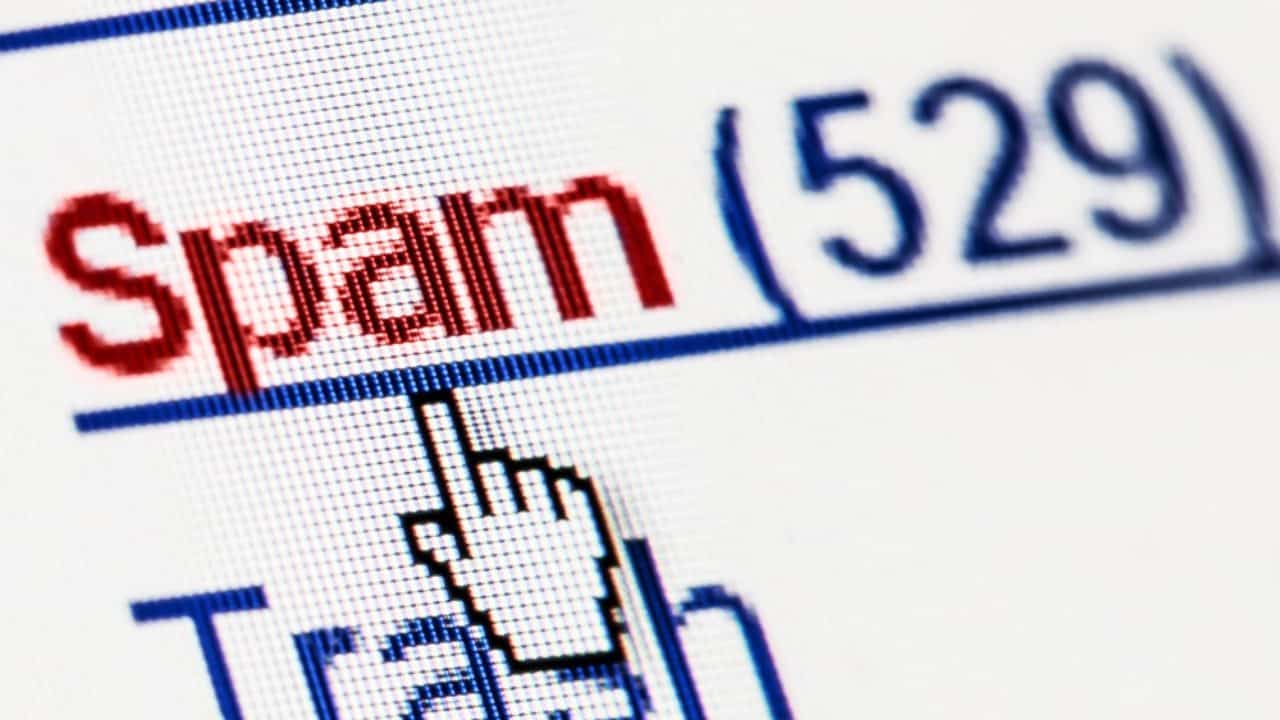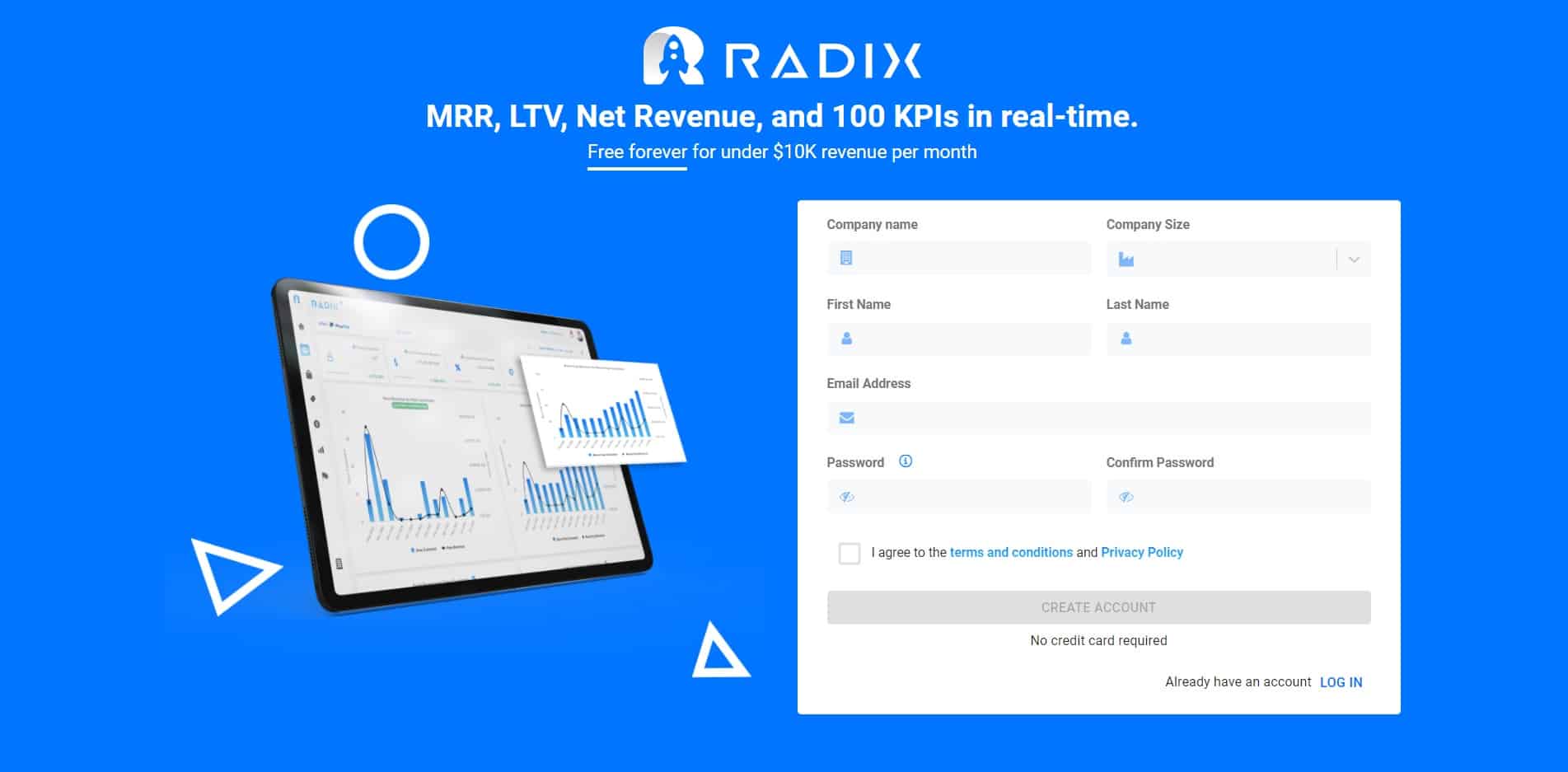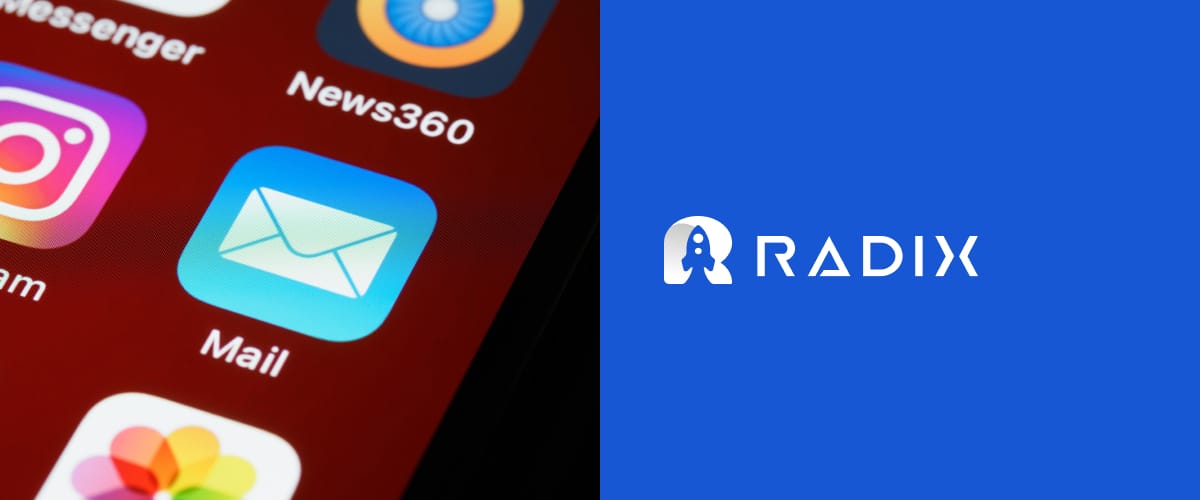Running Email Blast Campaigns online is one of the fastest and most inexpensive ways to drive traffic to your website. It is also the most overlooked and ignored method in terms of marketing.
An email blast campaign is essentially an email distributed to a large audience. This can include one-off announcements, newsletters, or event reminders. Most businesses already use an email server to send and receive emails, so it’s easy to use these software tools to manage an email blast campaign.
Through your email leads lives a fantastic opportunity to close new customers or generate some new business. Email blast campaigns are now a necessary part of an effective marketing strategy.
You can market products or services, to potential customers, using automated email blast campaigns. And the best way to launch your email blast campaign is to follow this guide.
WHAT MAKES AN OUTSTANDING EMAIL BLAST CAMPAIGN?

The first step to creating a highly targeted and effective email blast campaign is proper segmentation of the email database. The most important element in that equation is to know who you’re targeting. It’s not enough to have an email list. Your email list needs to be properly organized by demographic and psychographic profile.
If you want to launch a genuinely efficient email blast campaign, you must go beyond simply bypassing spam filters. Instead, send emails that your receivers can’t wait to open.
They have a goal
Every email blast you send should have a specific goal. What are you attempting to accomplish? Perhaps you want to engage with your list by offering something of value in the hopes of sparking a response. Alternatively, you may need to send essential information to your consumers, such as a new product update or alert. Perhaps you wish to increase your sales by publicizing your upcoming product launch.
Whatever your goal is, it should be intimately related to the recipient’s specific wants and needs. Your email blasting efforts will resonate with more of your audience since they will feel that you are speaking personally to them if you acknowledge their unique pain issues and goals.
They follow your master marketing strategy
Email blast campaigns should be part of a long-term plan that complements the rest of your marketing activities. Consider how a subscriber-wide email blast might seem to your clients who are in the middle of a tailored drip campaign. Would this massive explosion make sense in light of the previous signals they’ve received, or would it confuse them? Do your call-to-actions match, or are you diluting your message?
Before you press the send button, double-check that you have these answers.
They have consistency
Emails should be consistent –both in terms of scheduling and tone of voice– as part of a well-planned campaign. Random emails with no strategic intent will just cause problems with your results. For example, if you decide to send out a weekly email, it should be sent out at the same time every week.
Maintaining a schedule increases reading, engagement, and loyalty by creating anticipation for the next update.
They go hand in hand with social contexts
For example, COVID-19:
These consistent emails matched the situation and communicated a “we’re all in this together” attitude. Once the world had settled into our new normal, the tone of these email blasts turned from uplifting to practical, such as informing consumers of new company restrictions (i.e., outdoor eating only), updated hours, special discounts to assist struggling clients, and more.
HOW TO CREATE A SUCCESSFUL EMAIL BLAST CAMPAIGN

If you intend to use email blasts as part of your email marketing plan, you must set them up appropriately to maximize the value. Don’t overlook the following crucial phases as you begin to plan your campaign.
1) Be aware of who you’re emailing.
People on your email list should have opted in and consciously accepted to receive commercial communications from you. Remember that doing so will also assist you to avoid being included in an email blacklist.
While you may purchase email lists, it’s best to develop your list from people who have actively connected with you and signed up, either as a client or email subscriber. This guarantees that your list is legally compliant and increases the likelihood that your email will be sent rather than tagged as spam.
2) Set your email blast campaign objectives
Determine whether the email blast’s goal is to increase orders, downloads, click-throughs, or engagement. Is an email blast the best method to achieve this goal, or could an alternative technique provide greater results? Will this work with your current campaigns, or should you exclude recipients who are currently in a drip campaign?
Don’t forget to evaluate how your email ties to the intended results of your receivers. Is your email all about you, or will it provide value to the reader and assist them in meeting their goals? It will be easier to develop your message and assess its efficacy if you have a clear objective in mind for your campaign.
3) Follow this body message structure:
- Sender name
- Subject line
- Preheader
- Message body
- CTA (Call To Action)
- Unsuscribe link
- A/B Testing
Test and optimize whatever you can: subject line, text, images, links, calls-to-action, and frequency. You should be constantly trying new things with your email blasts. You never know when you’ll find something that works better than what you’ve been doing.
In Radix we strongly recommend Mailchimp to do A/B testing and more!
EMAIL BLAST AND SPAM: ARE THEY THE SAME?

The main difference is impact. Good email marketing gets responses and builds relationships. Spam doesn’t. It’s not hard to figure out that sending bulk messages to tons of people won’t make them want to use your service.
The fine line between an email list and spam is often hard to determine. Sending too many emails or sending unwanted emails are two things that can get you put on a blacklist, which could hurt your business. Make sure you’re following all of the best practices that your email provider spells out, as they will be the best way to keep your inbox clean, and your business successful.
Before you begin organizing your campaign, become acquainted with any applicable legislation concerning bulk emailing. For most US organizations, this involves complying with the CAN-SPAM Act, which regulates bulk email and commercial messages delivered to US customers. In summary, you must do the following:
- Do not use misleading/false header information.
- Avoid using false subject lines.
- Identify the message as an advertisement.
- Inform recipients of your location.
- Inform recipients on how to opt out of receiving future emails.
- Respect opt-out requests.
- Keep track of what people do on your behalf.
Your email blast campaign should not be deemed spam as long as it complies with all applicable standards. You’ve met the vast majority of the requirements for how to execute an email blast efficiently if you’re emailing people who have requested to hear from you, your email has proper information, you provide your data, and there’s a straightforward unsubscribe button.
CONCLUSION
So, if you’re interested in sending out an email blast campaign for your small business, try a few of the ideas we mentioned above. Together, they should answer any questions about creating and sending out an email blast campaign and give you a head start on your marketing efforts. The next time you have a special offer or event coming up at your business, consider reaching out to your customers with one of these campaigns and see what kind of response (positive or negative) it garners from your customers.
Remember that one of the most important aspects of running an email blast campaign is having a robust database in your company’s internal marketing. Radix provides over 150 KPIs that will surely help you carry out a more refined strategy. Click here to start your free trial!

Read More:
5 Things All Great SaaS Sales People Share
7 Marketing Strategies for Startups
What Is Customer Acquisition Cost (CAC)?





